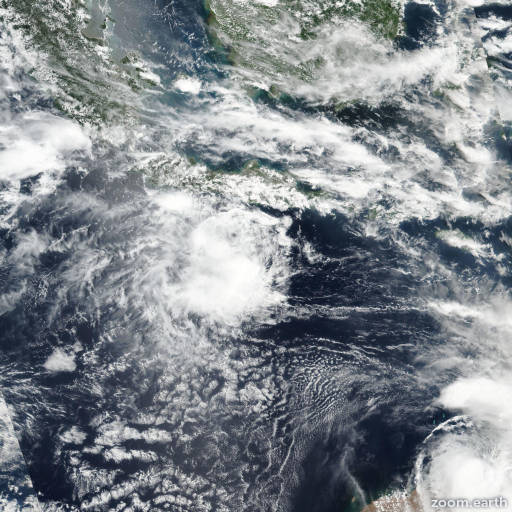Tropical Cyclone 17S 2022
Last Modified:

Satellite images, weather maps and tracks of Tropical Cyclone 17S 2022, 28 February - 3 March. Max wind speed 65km/h.
Click on the map to add points. Double‑click to finish.
Tap on the map to add points.
Last Modified:

Satellite images, weather maps and tracks of Tropical Cyclone 17S 2022, 28 February - 3 March. Max wind speed 65km/h.